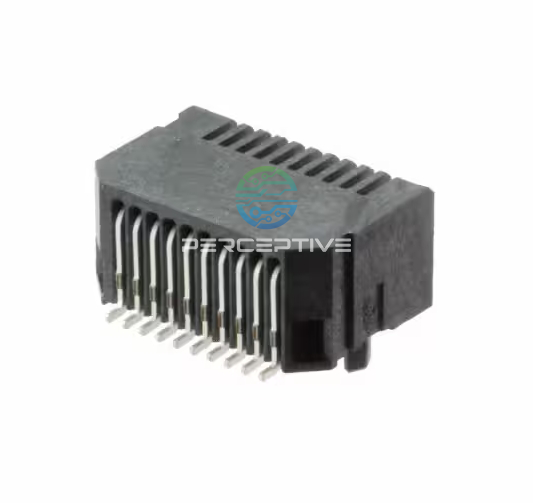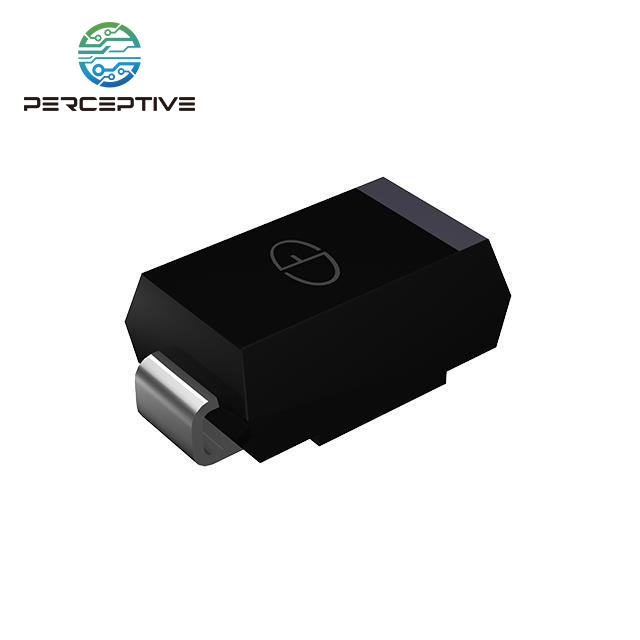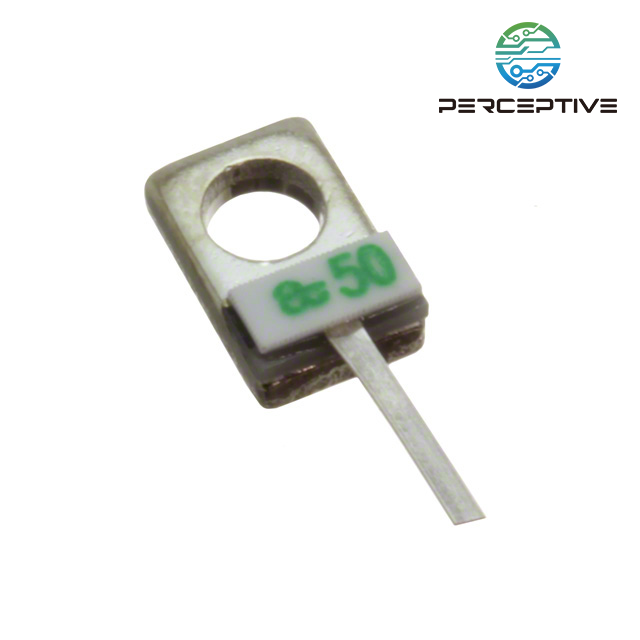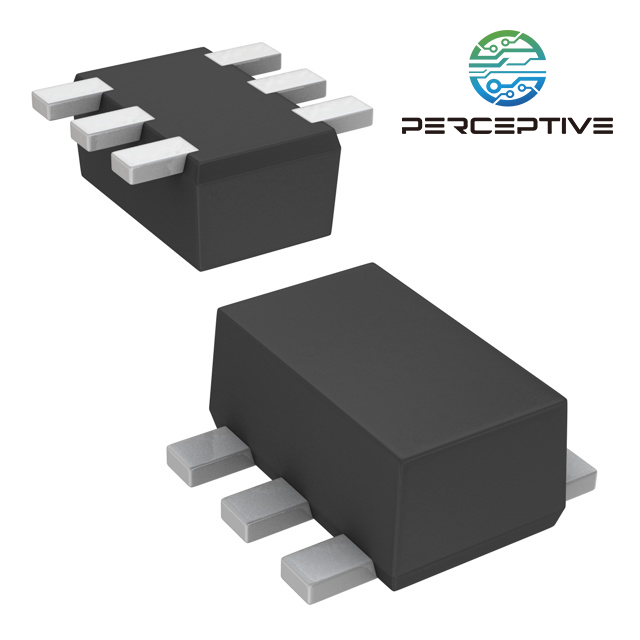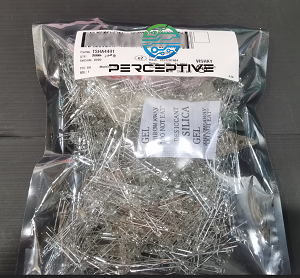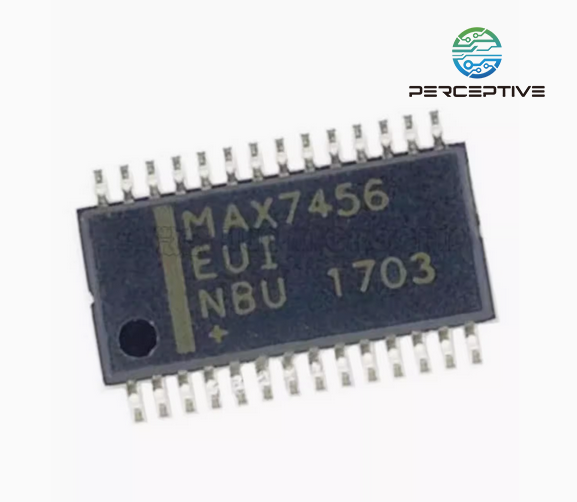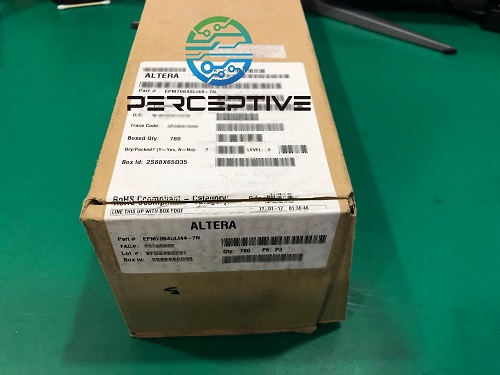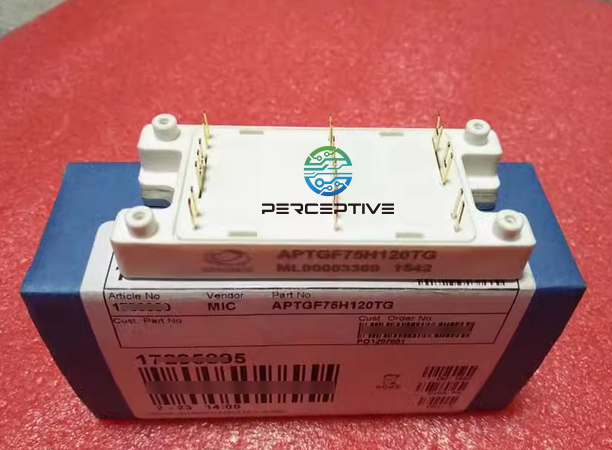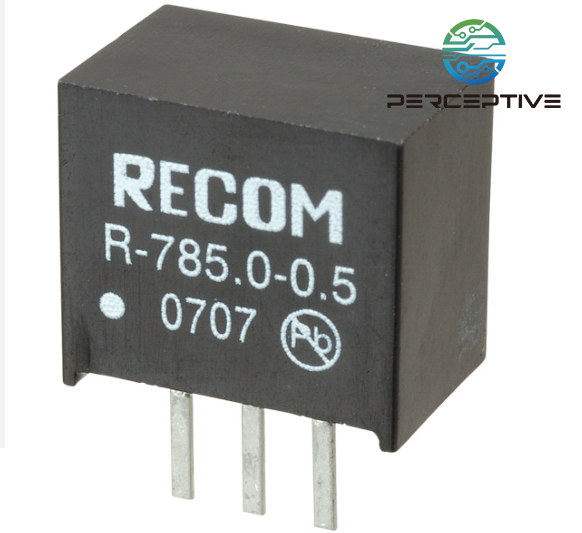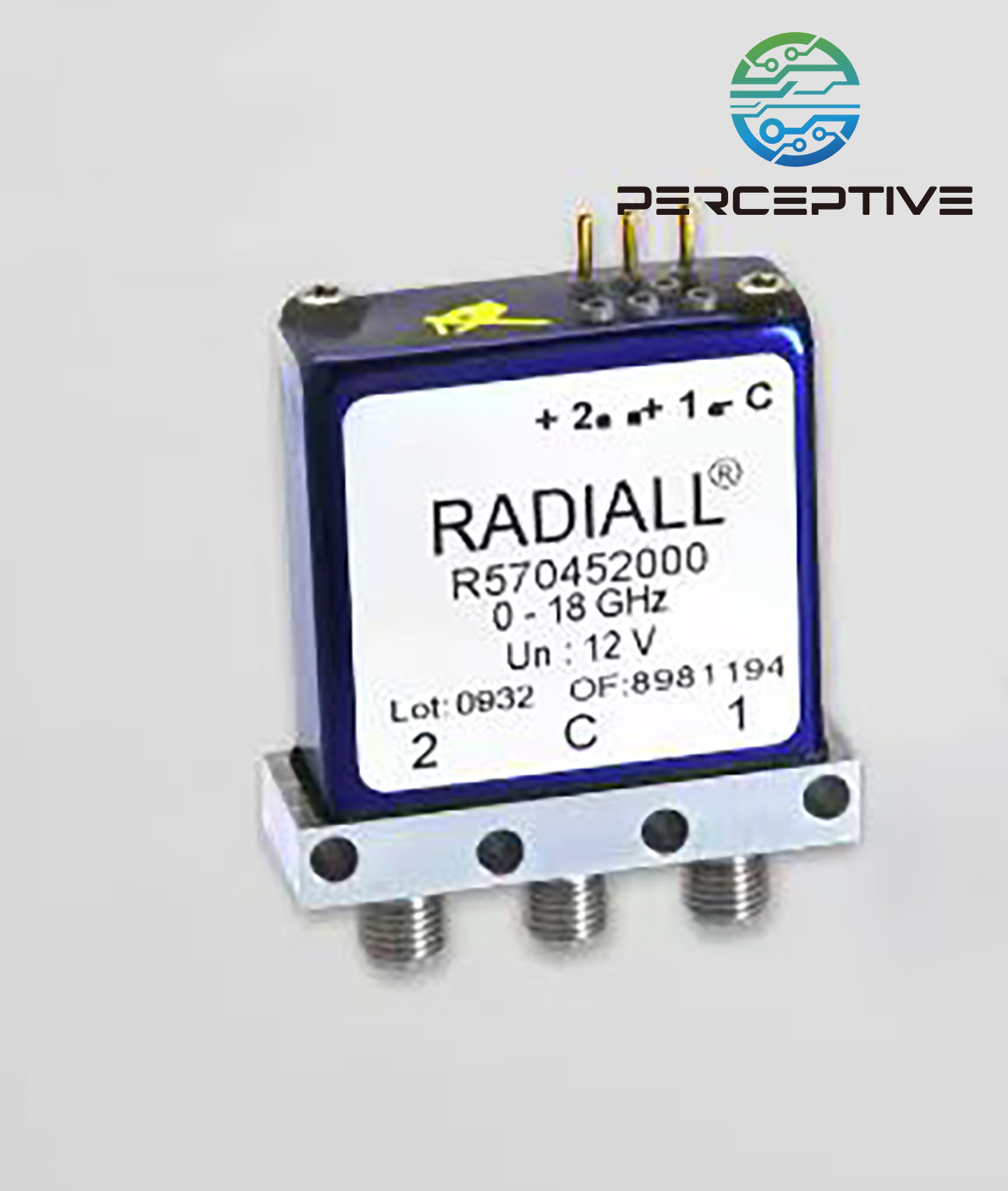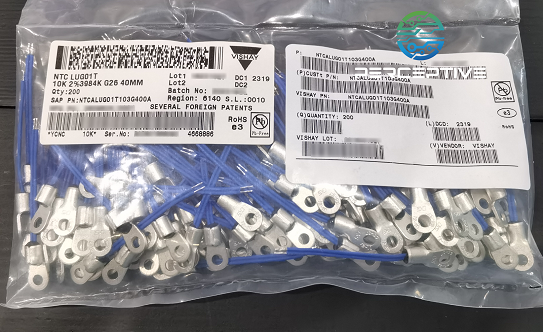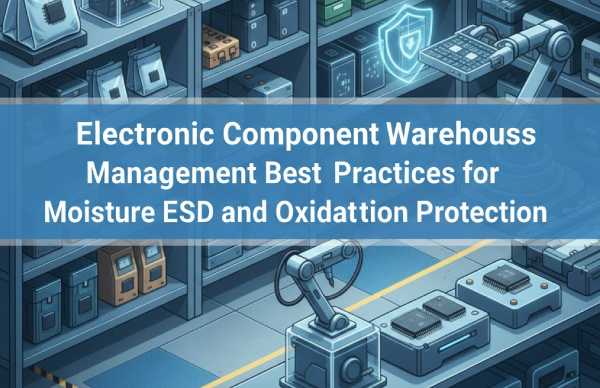In the electronics industry, procurement teams are under constant pressure to lower costs. Yet focusing only on unit price can often backfire—cheap components that fail or arrive late lead to higher warranty claims, rework, and production delays. The real challenge is to strike a balance: reducing costs without sacrificing product quality. By adopting a structured, data-driven approach, organizations can optimize procurement spend while ensuring long-term reliability and performance.
1. Look Beyond Unit Price: Focus on Total Cost of Ownership (TCO)
The lowest unit price does not always mean the lowest cost. A component that saves pennies upfront may generate hidden expenses through extra testing, higher failure rates, or warranty claims. The Total Cost of Ownership (TCO) model evaluates every factor—from purchase price and logistics to inspection, inventory holding costs, and quality risks. For procurement teams, shifting focus from price alone to TCO provides a clearer picture of true cost savings and prevents unexpected losses later.
2. Consolidate Spend and Build Strategic Supplier Partnerships
Supplier consolidation is a proven way to achieve cost savings through volume discounts and streamlined logistics. However, consolidation should be strategic. Relying on a single source creates supply risks, so critical parts should still have multiple qualified suppliers. The most effective approach is to form long-term partnerships where suppliers commit to consistent quality, transparent pricing, and shared performance goals. Such collaboration often unlocks greater savings than constant short-term bidding wars.
3. Smarter Inventory Strategies: VMI, Consignment, and Tail Spend Control
Carrying too much inventory locks up cash flow, while shortages risk production downtime. Modern procurement teams use flexible models such as Vendor-Managed Inventory (VMI) and consignment programs, which shift replenishment or stockholding responsibility to suppliers. These approaches reduce inventory carrying costs, improve fill rates, and ensure critical parts remain available. At the same time, it is important to audit long-tail components—slow movers, obsolete parts, or rarely used SKUs—and negotiate special supply programs to avoid excess stock that eventually becomes scrap.
4. Safeguard Quality Through Tiered Controls
Cost reduction is meaningless if it compromises quality. A smarter approach is to use tiered quality control methods:
Supplier Qualification – Conduct capability assessments and factory audits before approval.
Documentation & Traceability – Require Certificates of Conformance (CoC) and traceable lot records.
Risk-Based Testing – Apply batch inspections, electrical tests, or X-ray checks only where risk is higher.
Corrective Action Plans – Include clear quality clauses and penalties in supplier contracts.
These measures prevent counterfeit or substandard components from entering the supply chain, maintaining product reliability while avoiding expensive rework.
5. Leverage Digital Tools and Analytics
Procurement is becoming increasingly digital. E-sourcing platforms, spend analytics, and AI-driven tools allow buyers to analyze supplier performance, identify hidden savings opportunities, and negotiate more effectively. Automation reduces manual errors, speeds up sourcing cycles, and provides insights into where procurement dollars are truly going. Companies adopting these tools often achieve not only cost savings but also stronger compliance and better supplier visibility.
6. Negotiate for Value, Not Just Price
Price is only one part of the deal. Procurement teams can unlock additional value by negotiating terms such as extended payment schedules, early-payment discounts, supplier-funded testing, or shared responsibility for obsolescence risk. These arrangements improve cash flow, reduce financial exposure, and align supplier incentives with long-term success.
7. Track Performance and Continuously Improve
Cost reduction is not a one-time project but an ongoing process. Tracking the right metrics—such as supplier on-time delivery, defect rates, TCO savings, and inventory turnover—helps procurement teams identify what works and what requires adjustment. Regular supplier performance reviews and joint improvement initiatives ensure that cost savings are sustainable and quality remains intact.
Conclusion
Reducing procurement costs without compromising quality requires a holistic approach. By adopting TCO analysis, consolidating suppliers strategically, applying smart inventory practices, enforcing quality controls, leveraging digital procurement tools, and negotiating for value, companies can achieve sustainable savings while ensuring product integrity.
At Perceptive Components, we specialize in supporting electronics industry professionals with cost-effective sourcing strategies that prioritize both efficiency and quality. By aligning procurement practices with these principles, businesses can maintain competitiveness in a demanding market without risking reliability.

